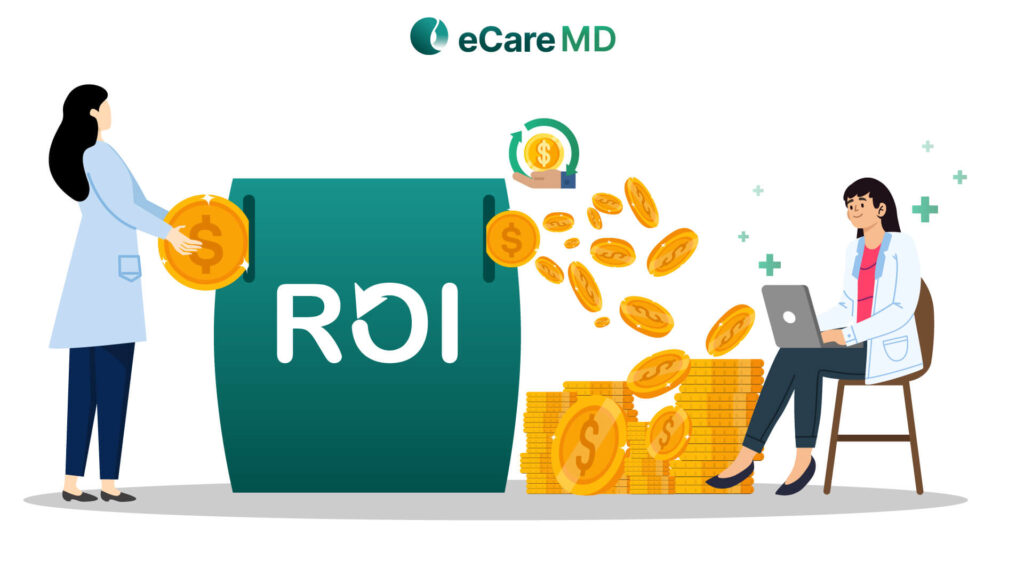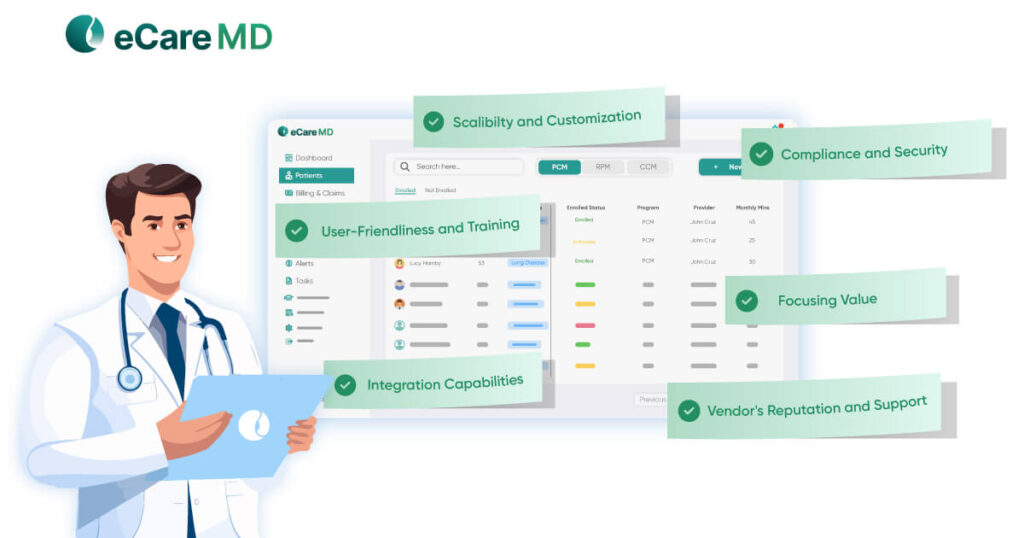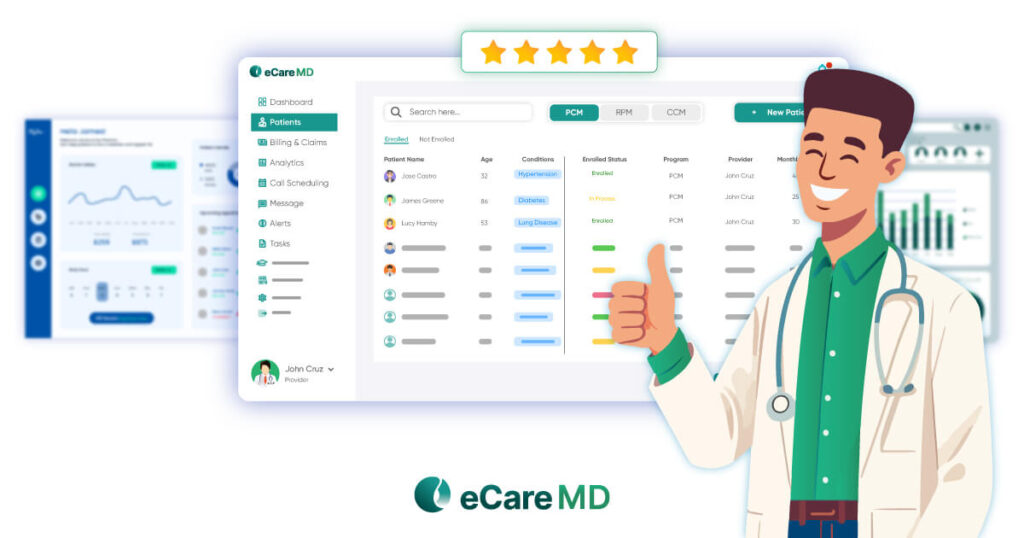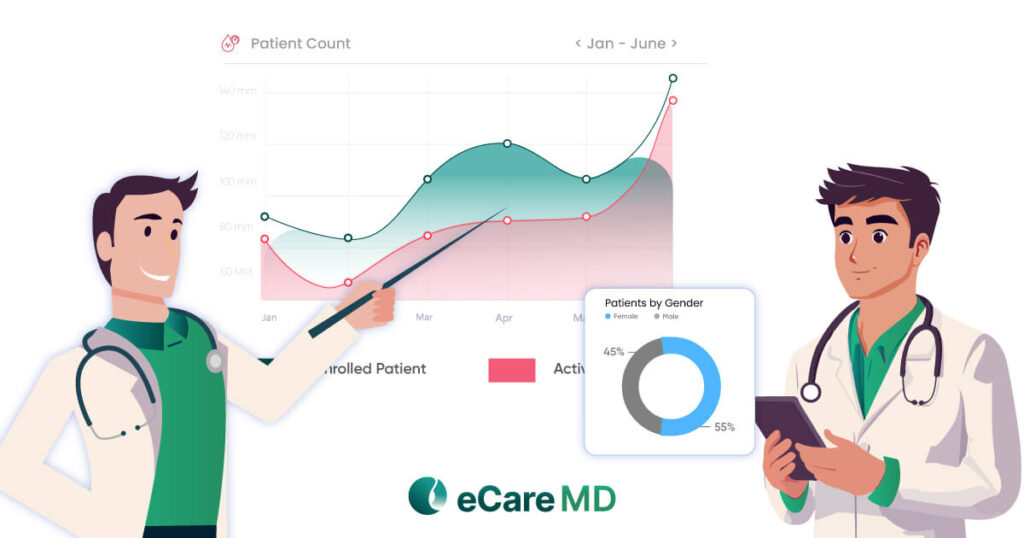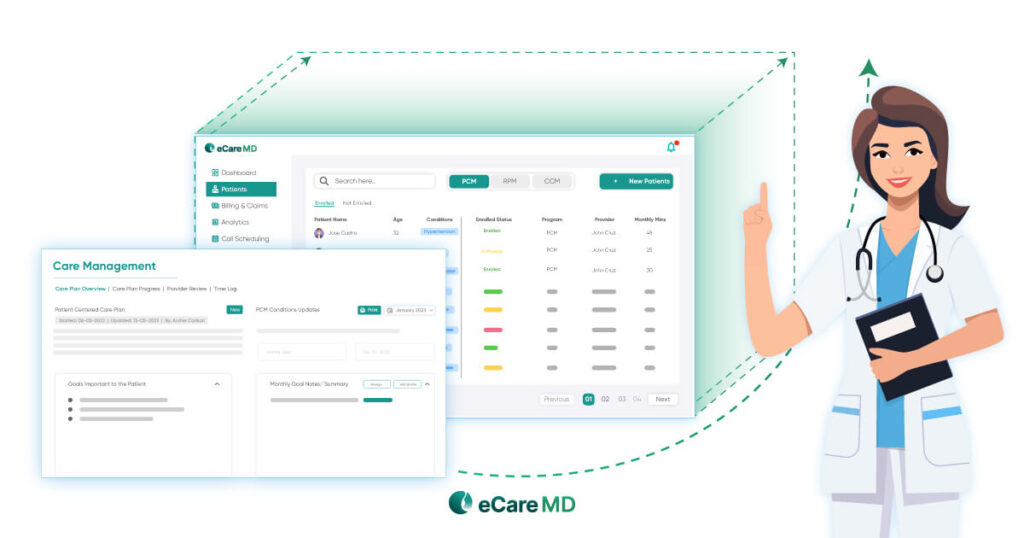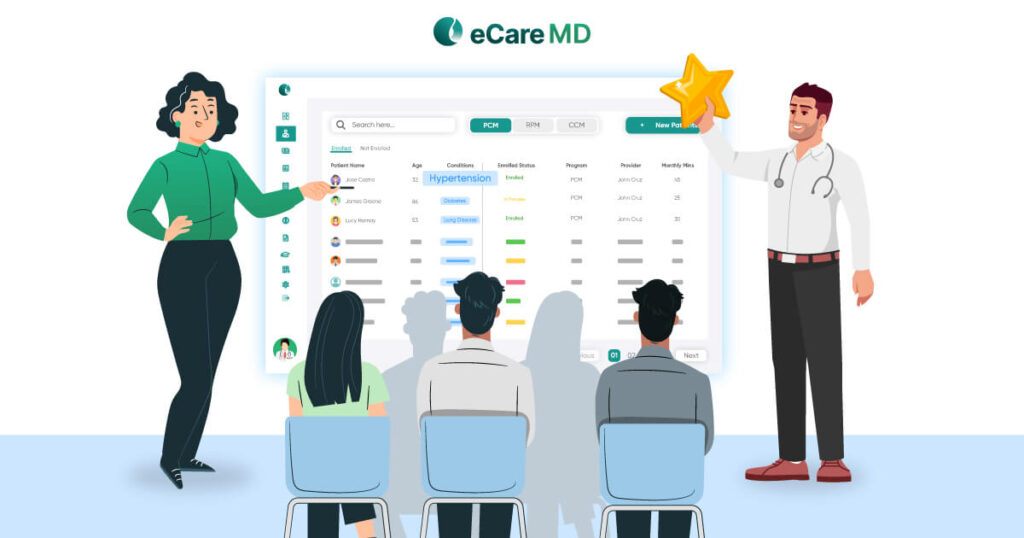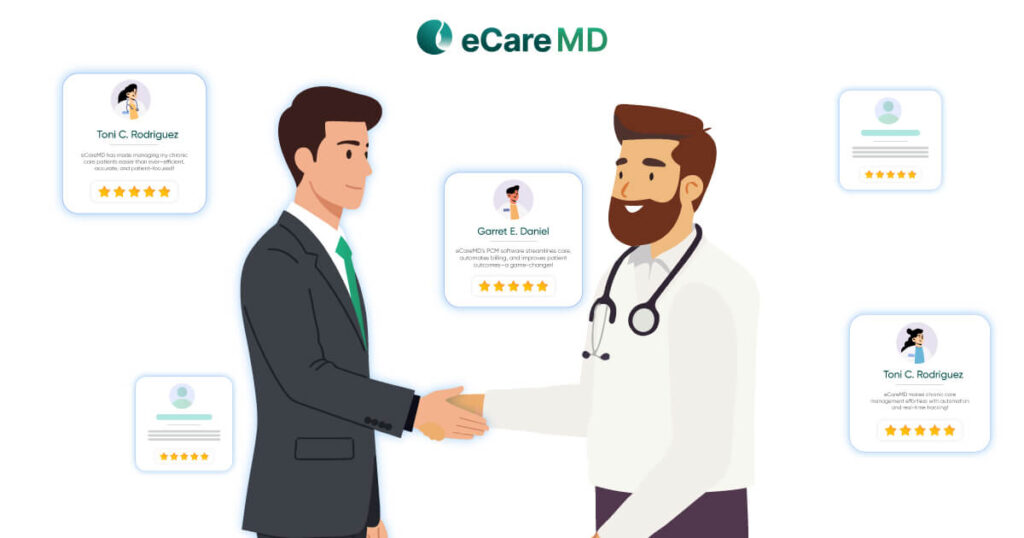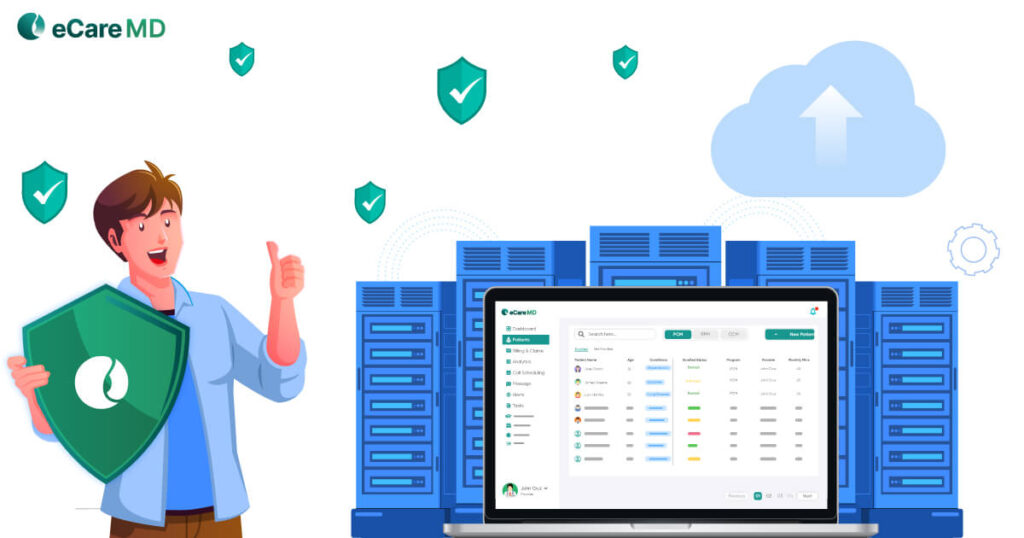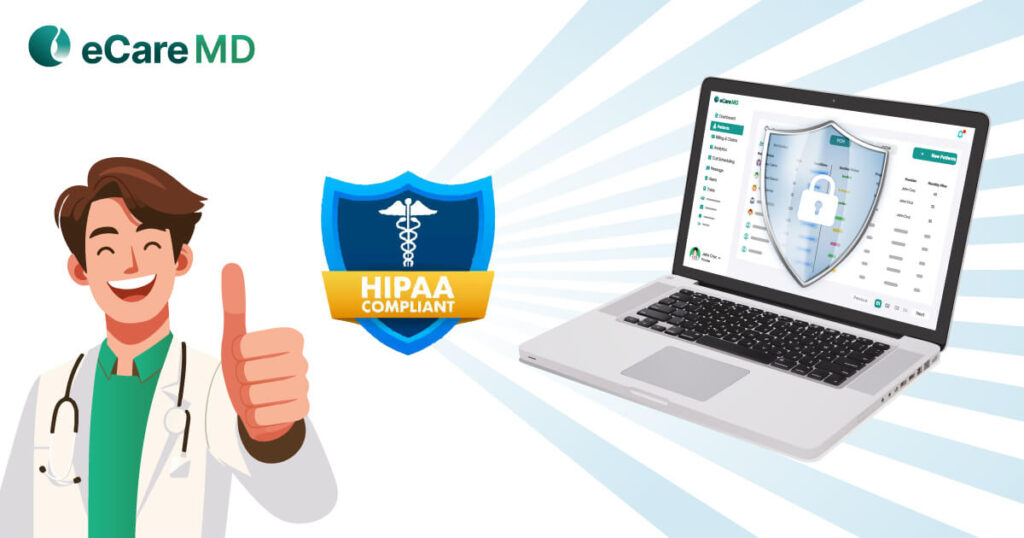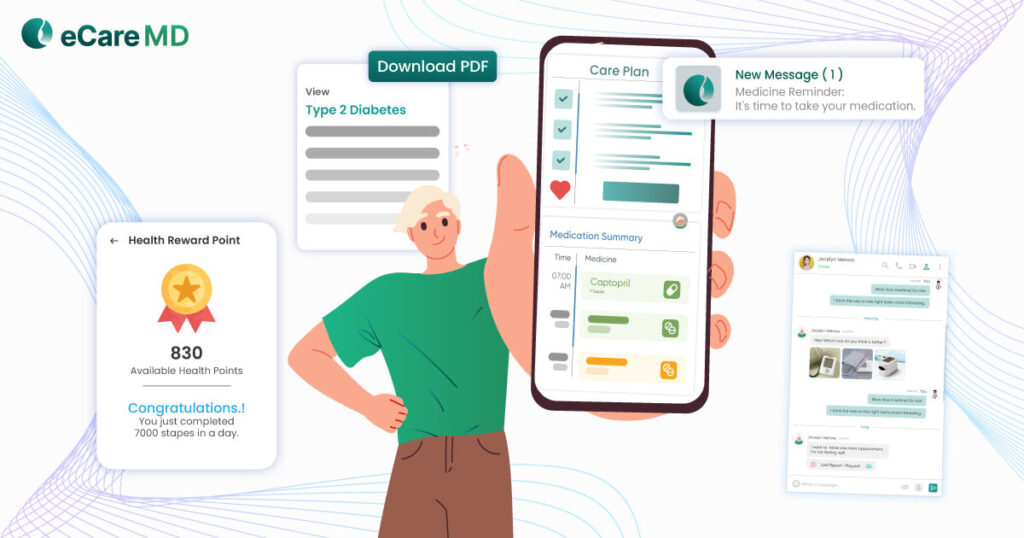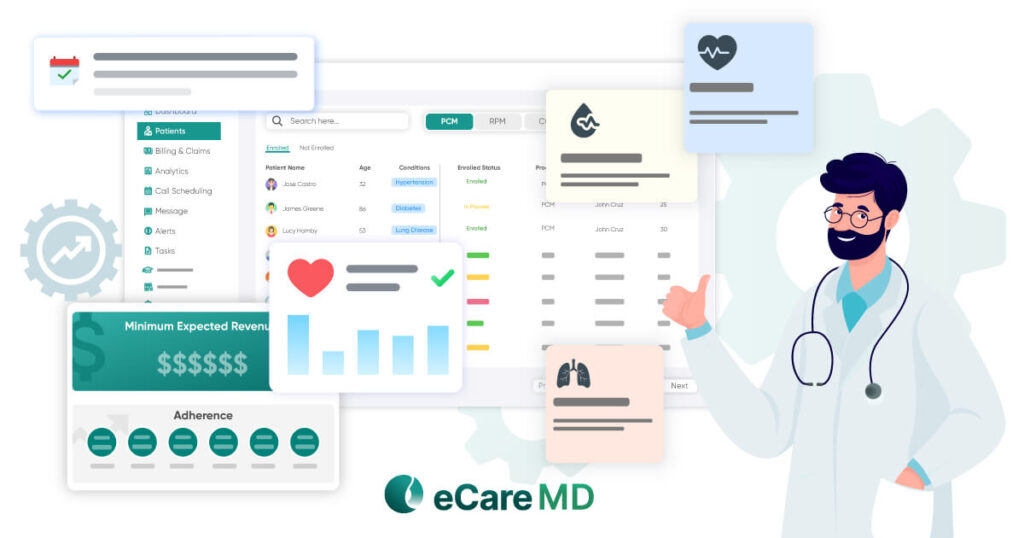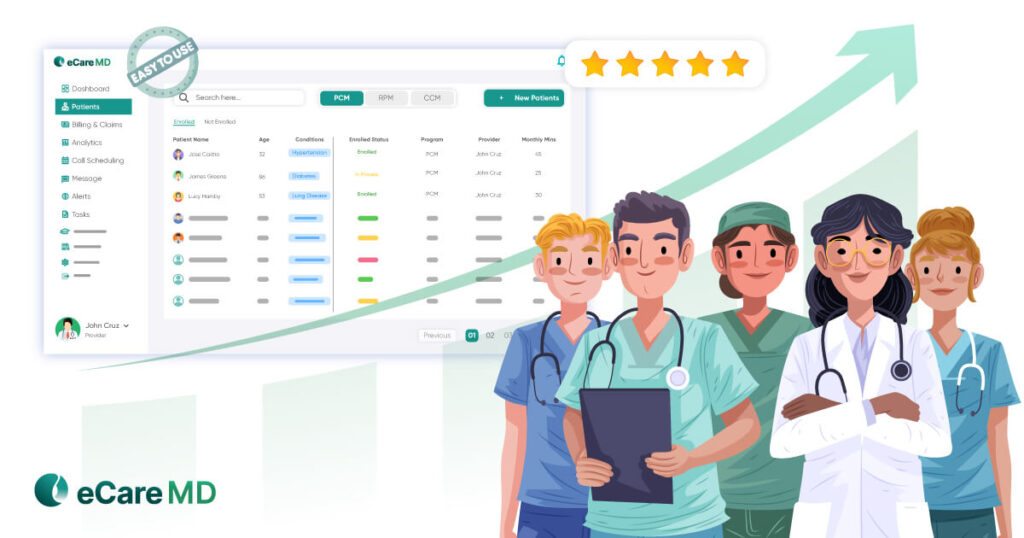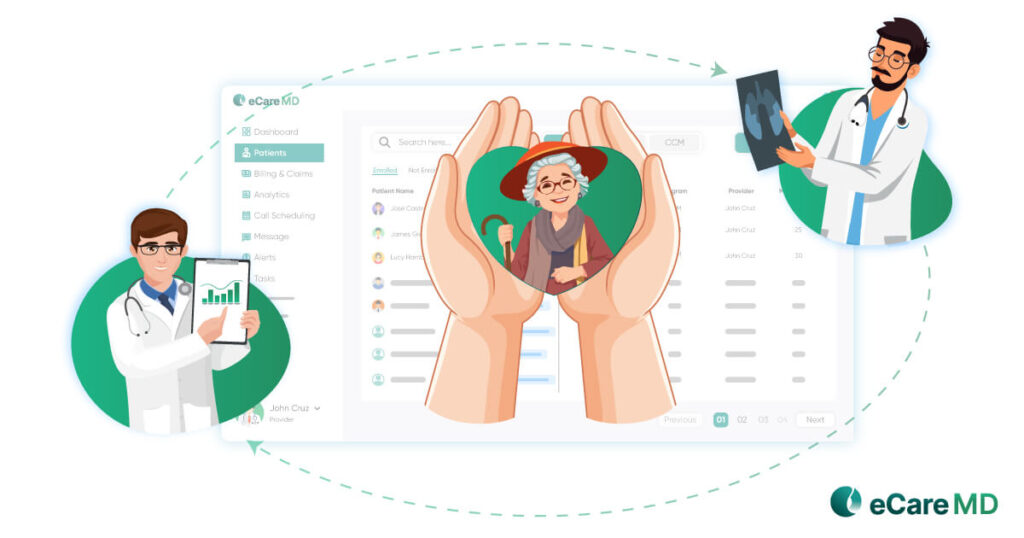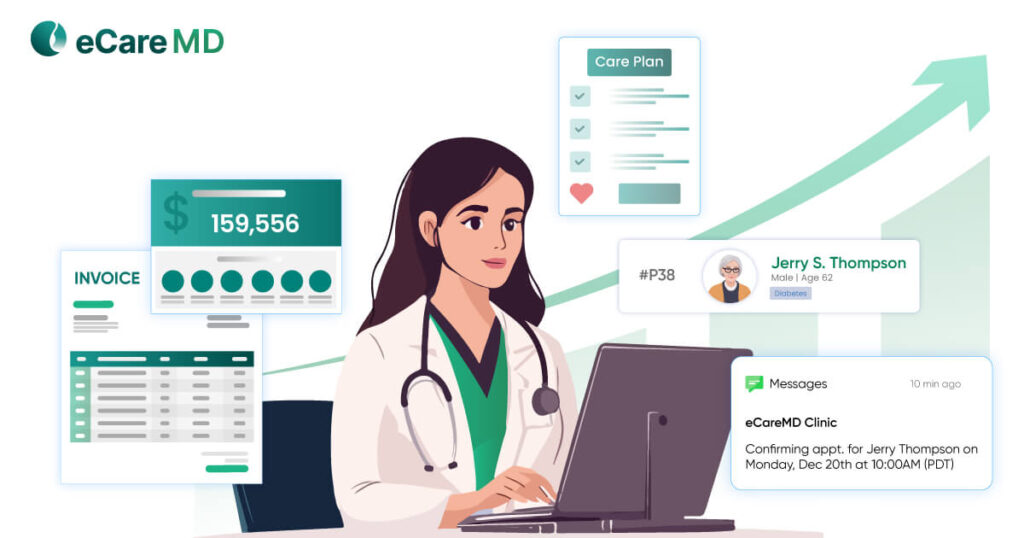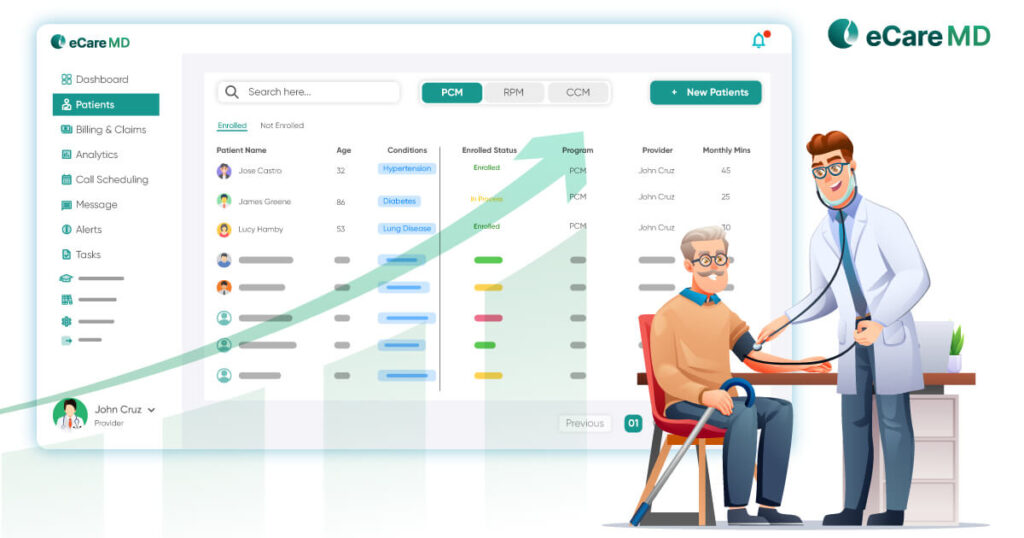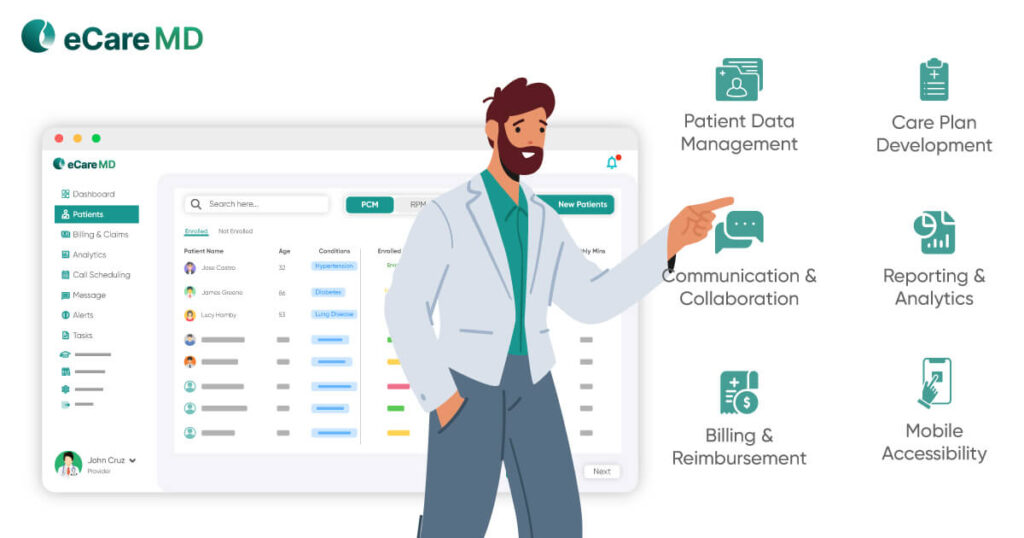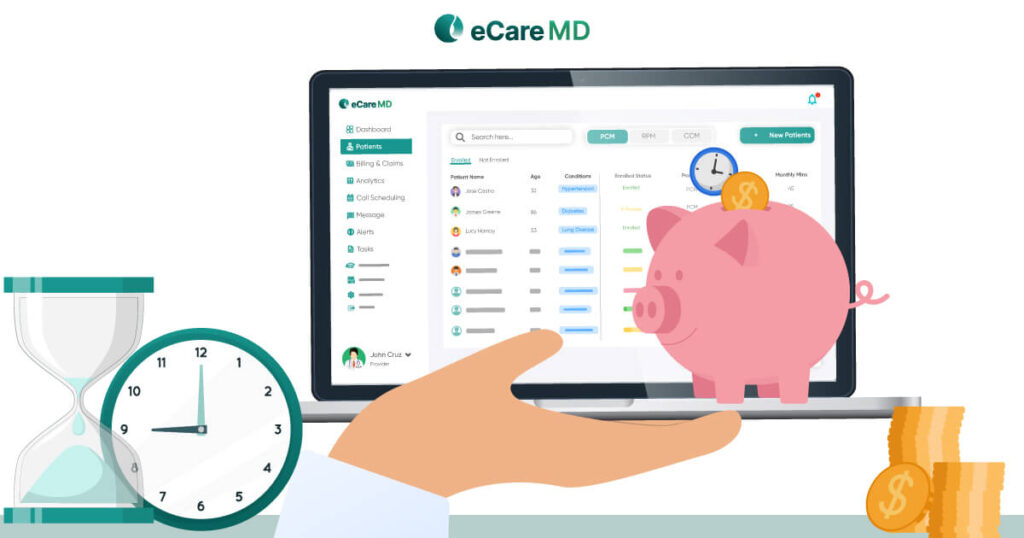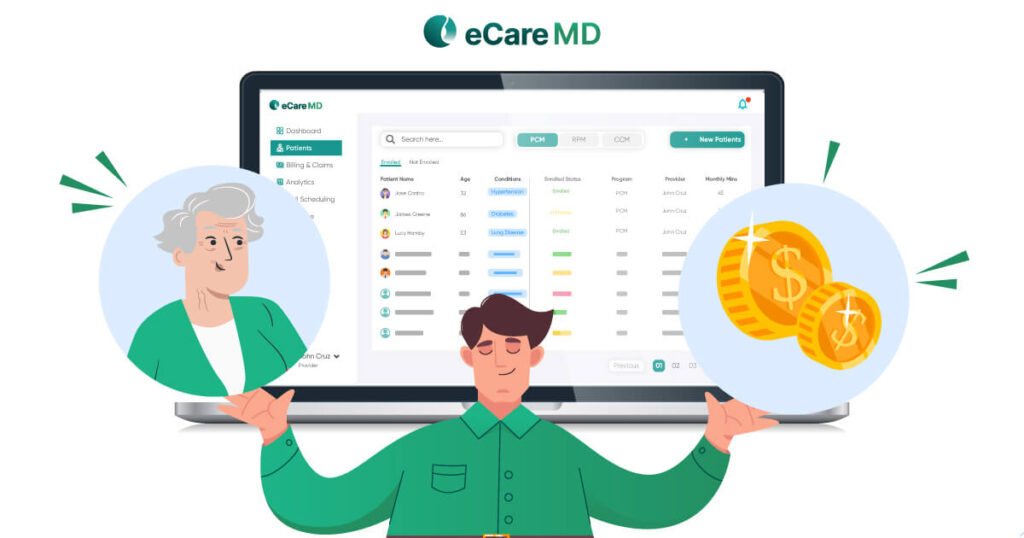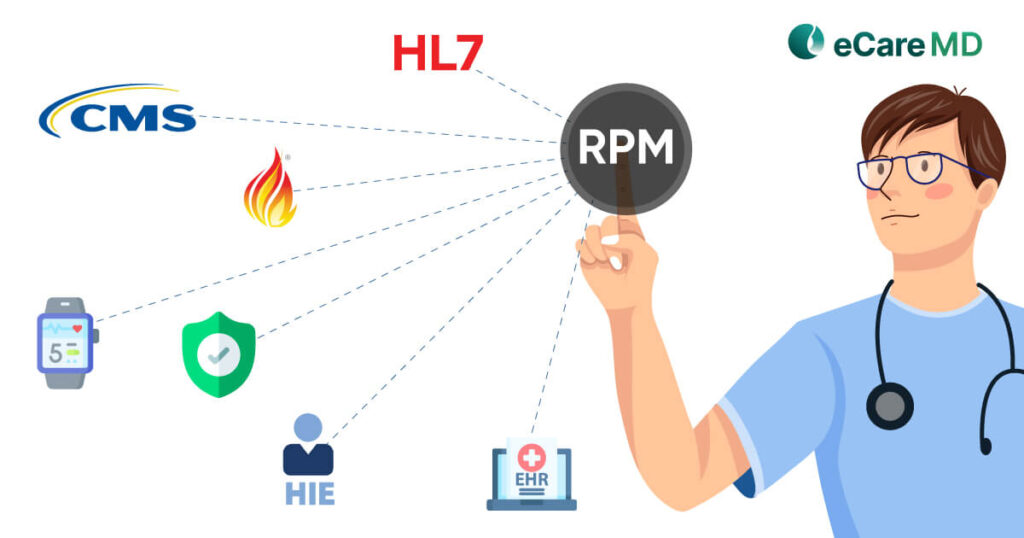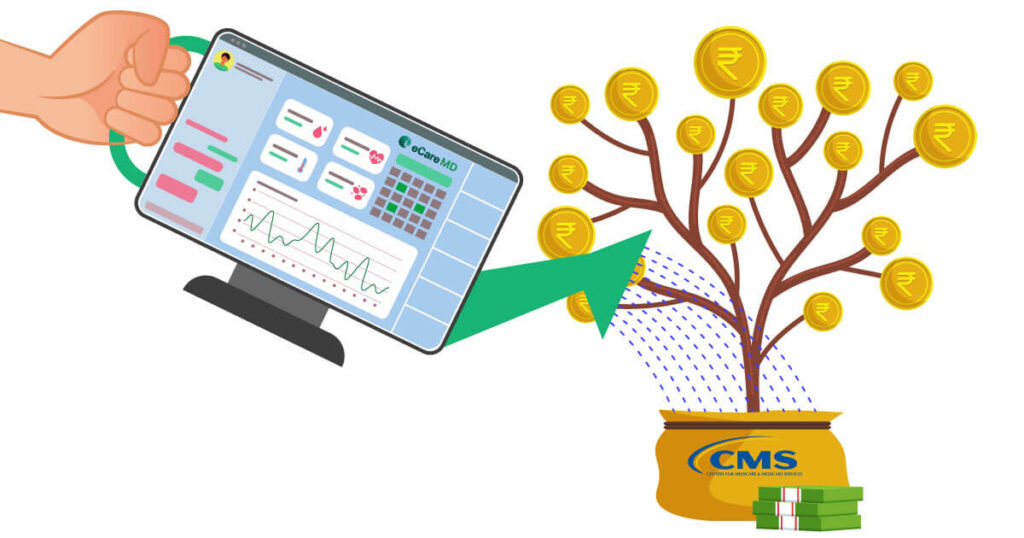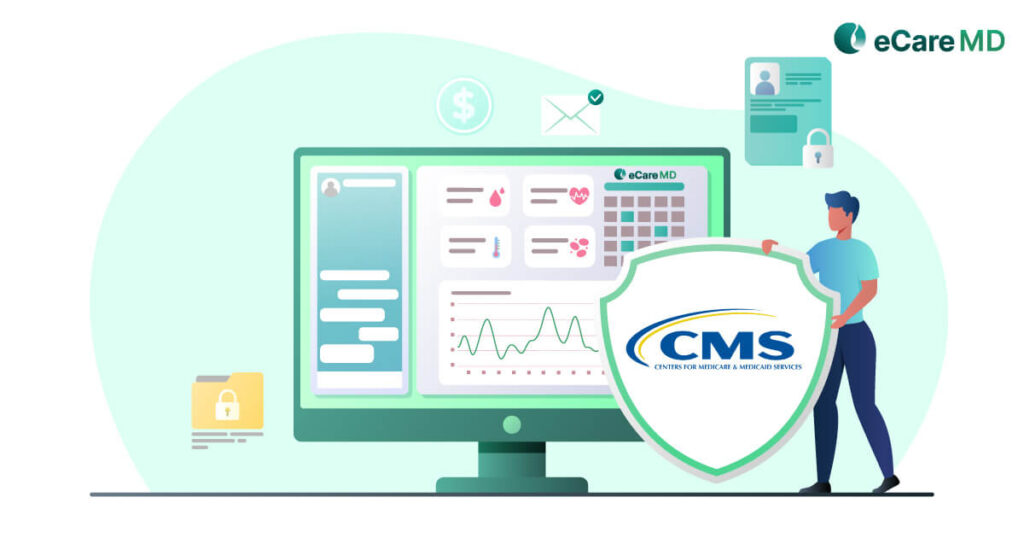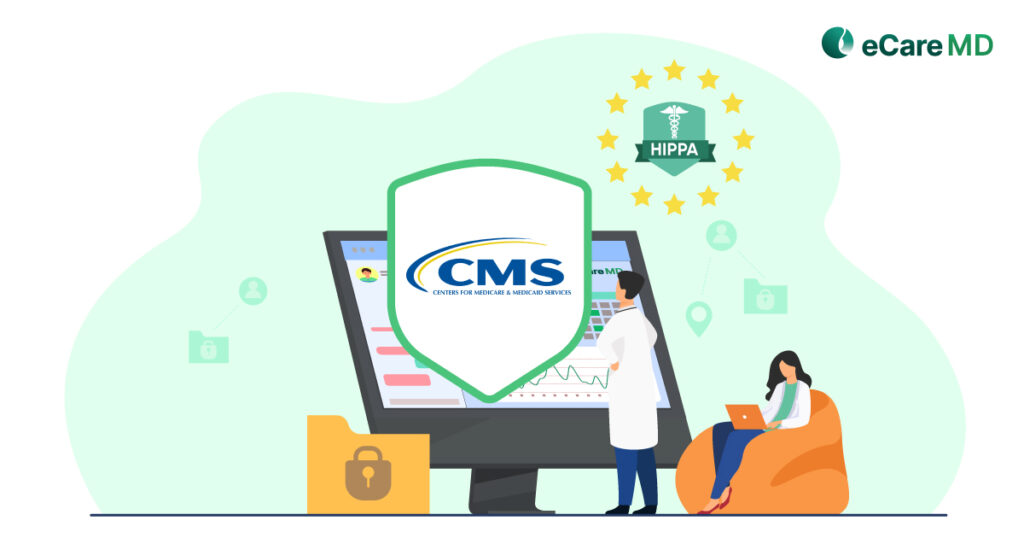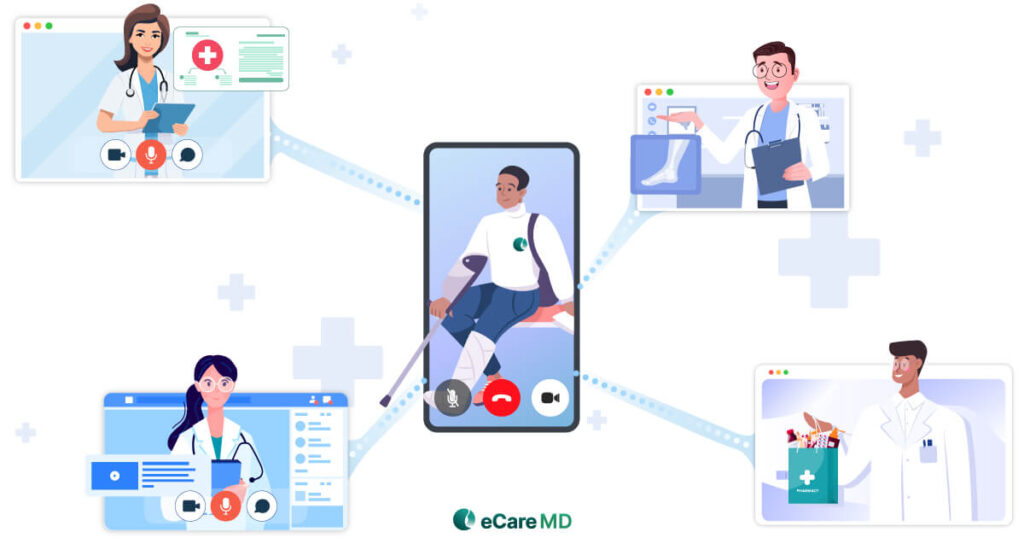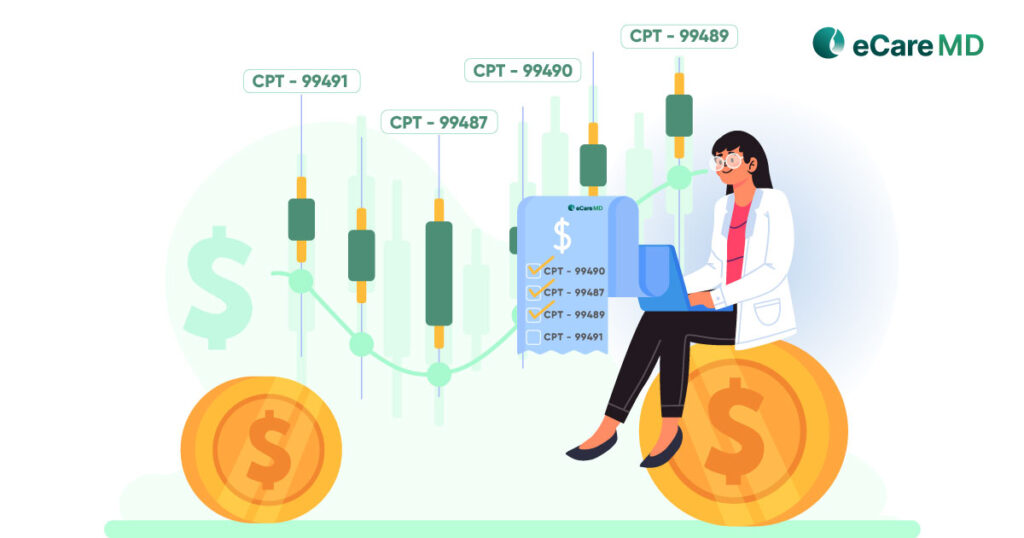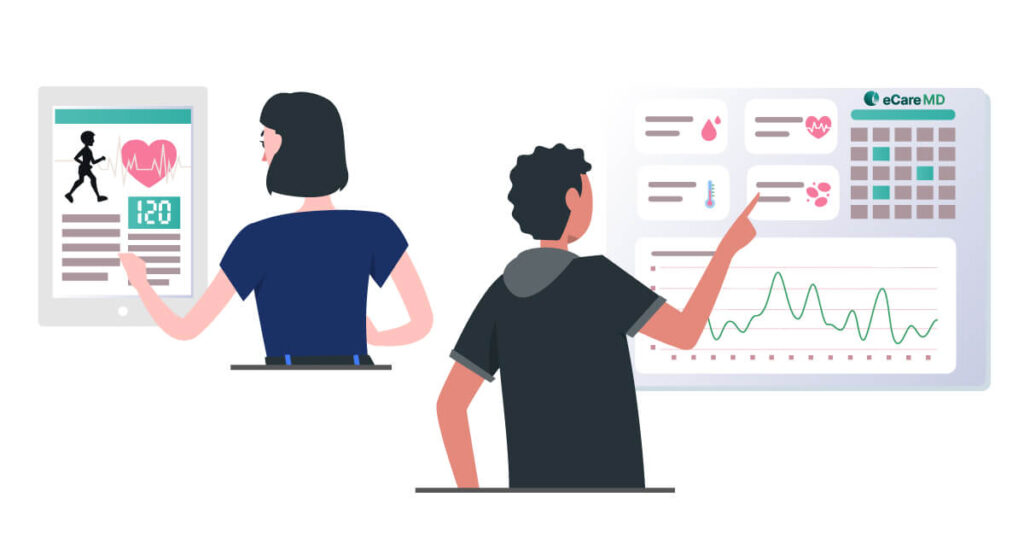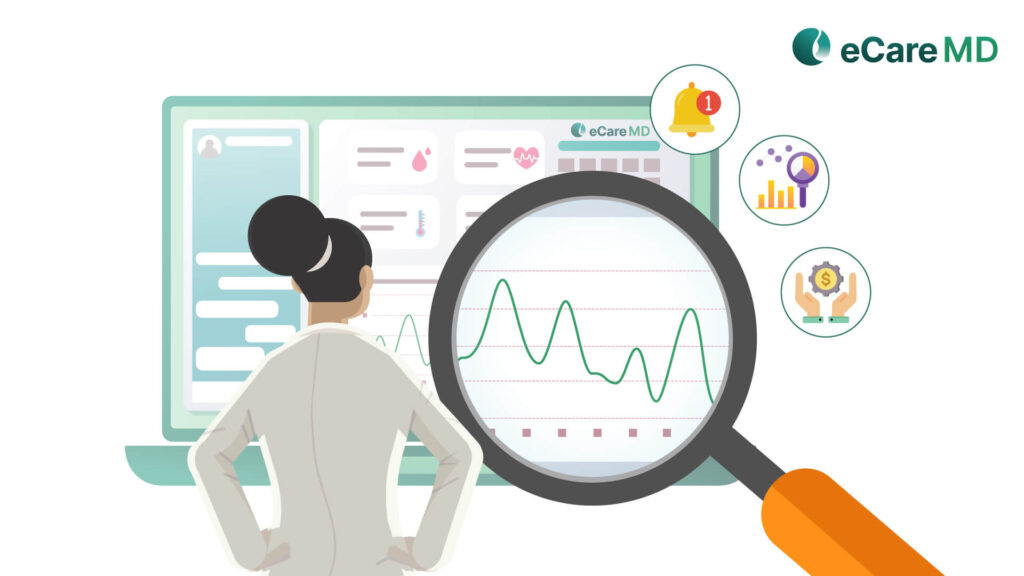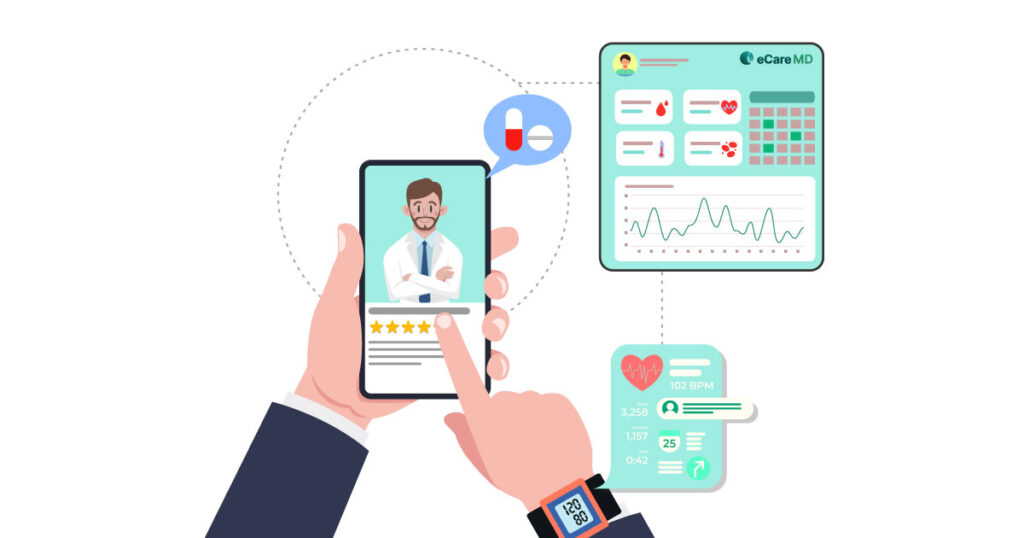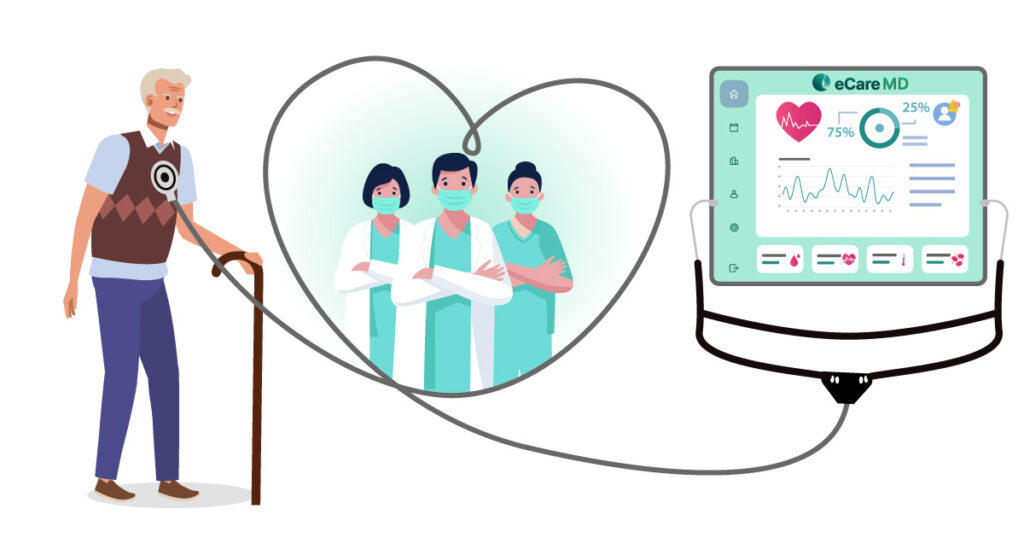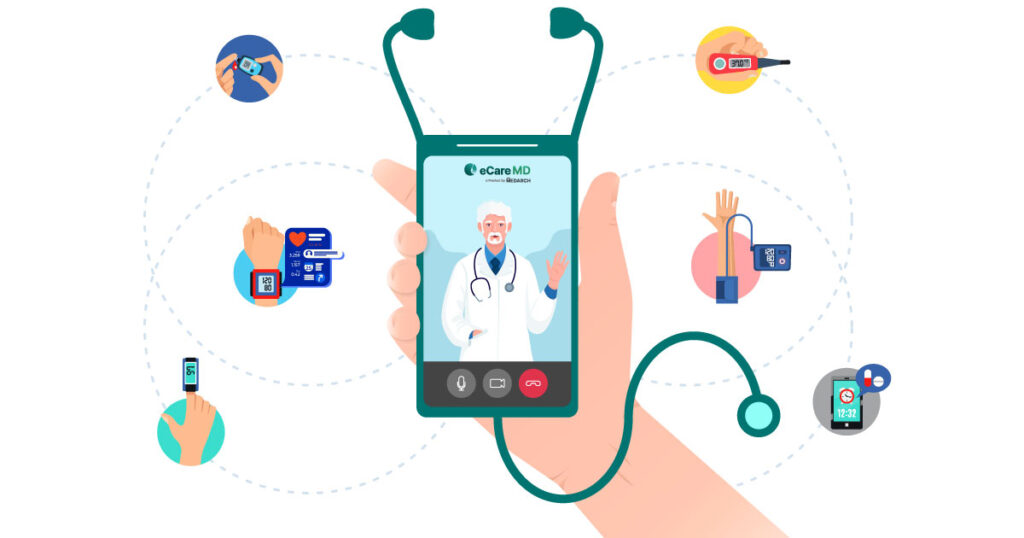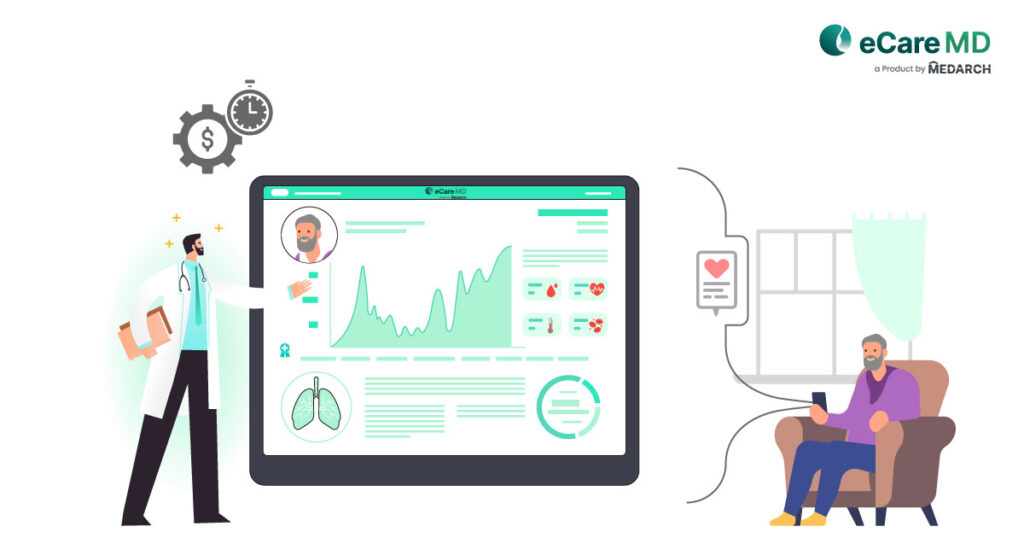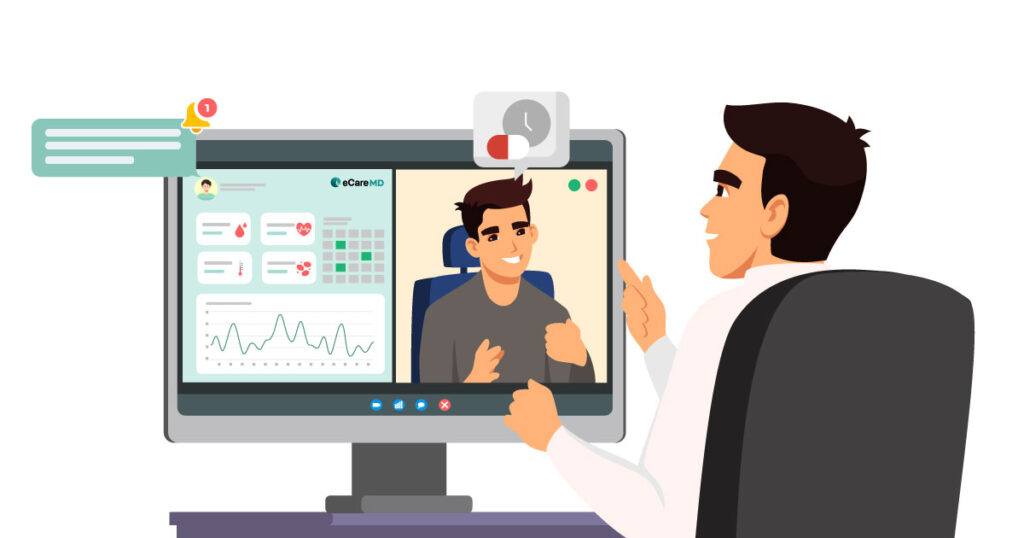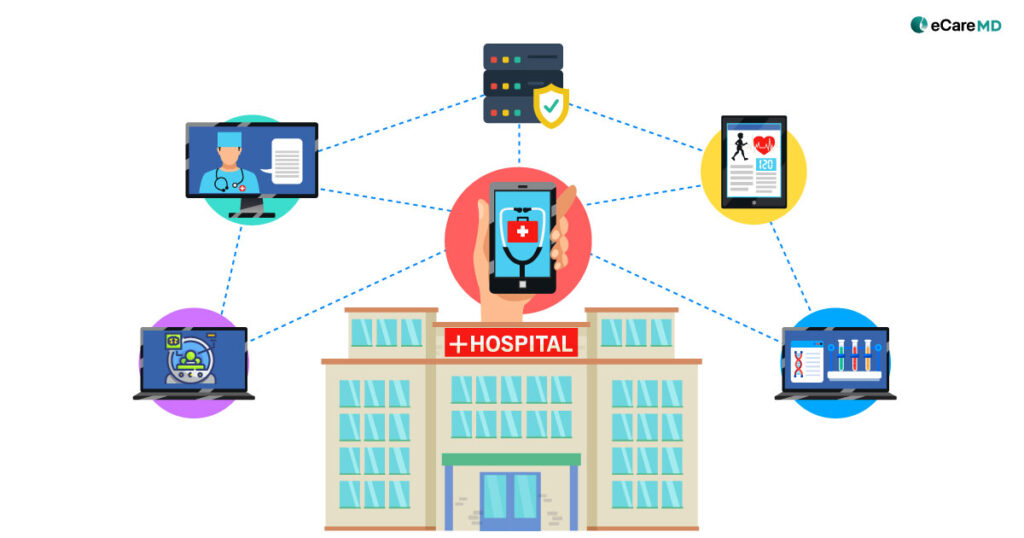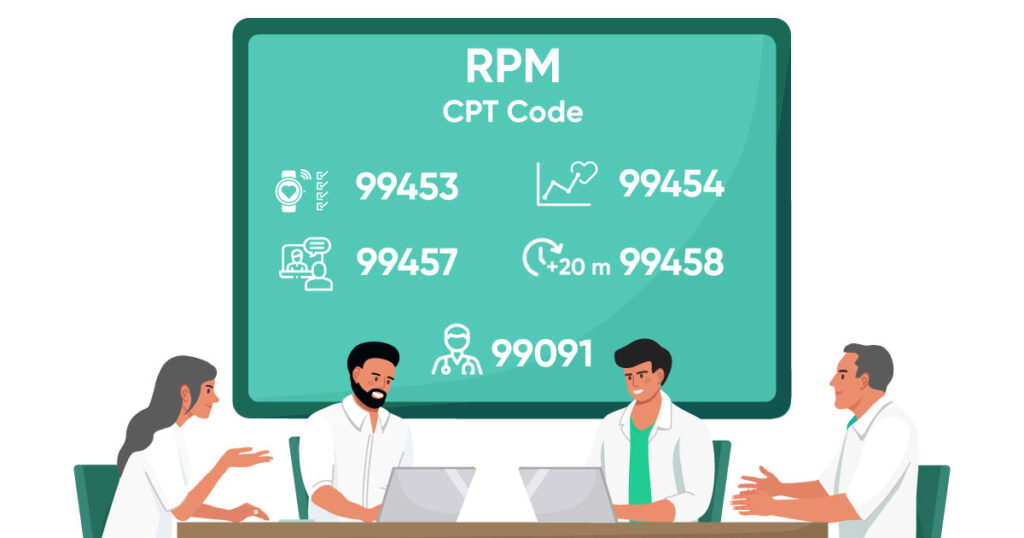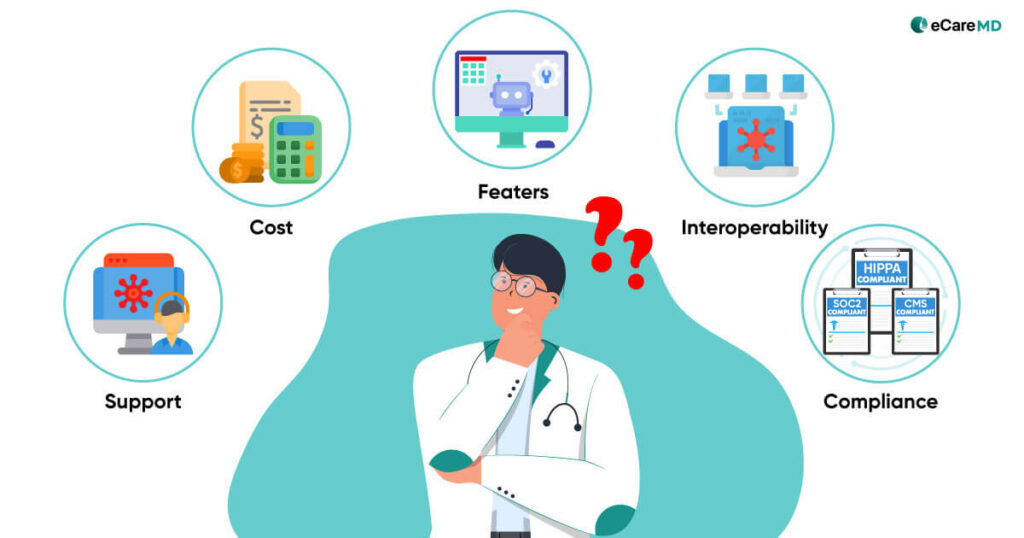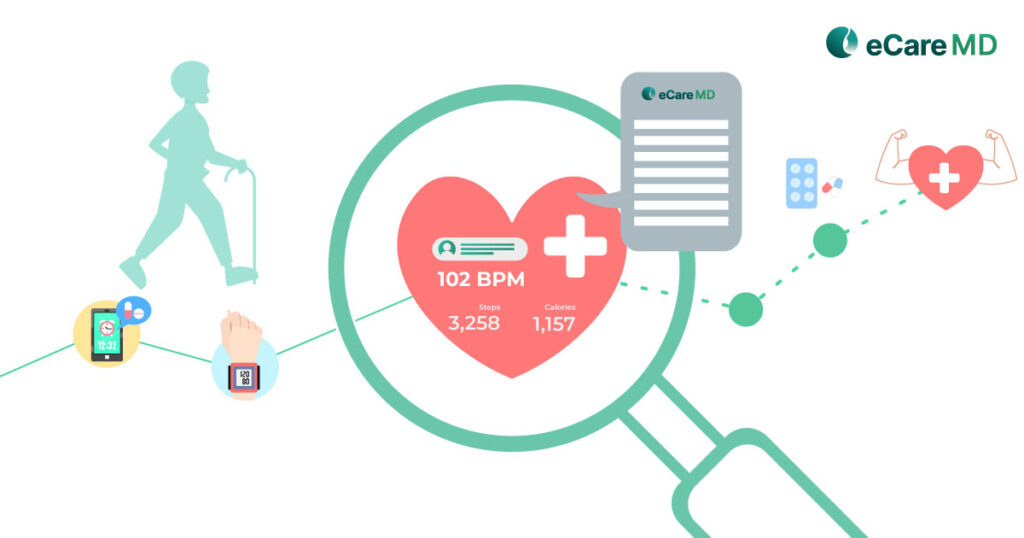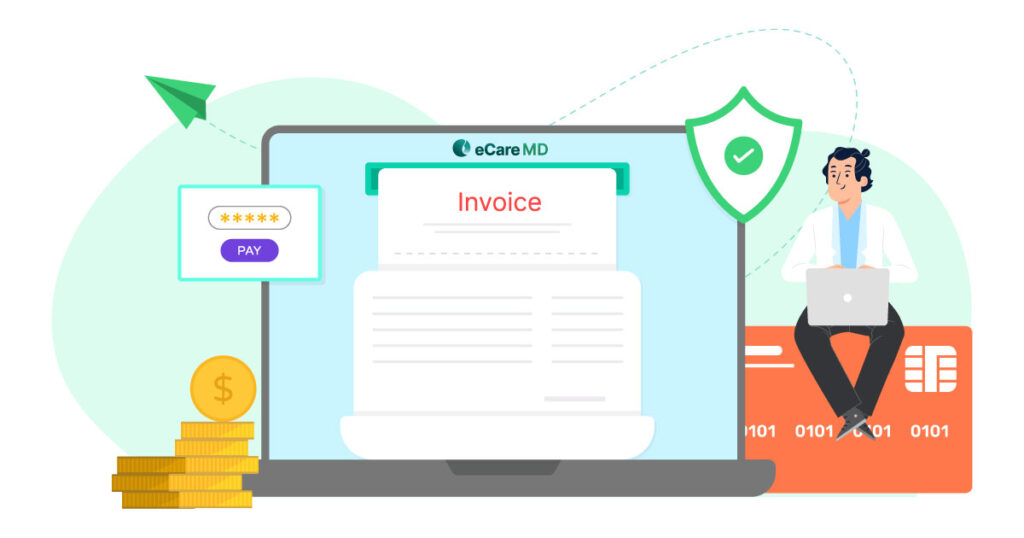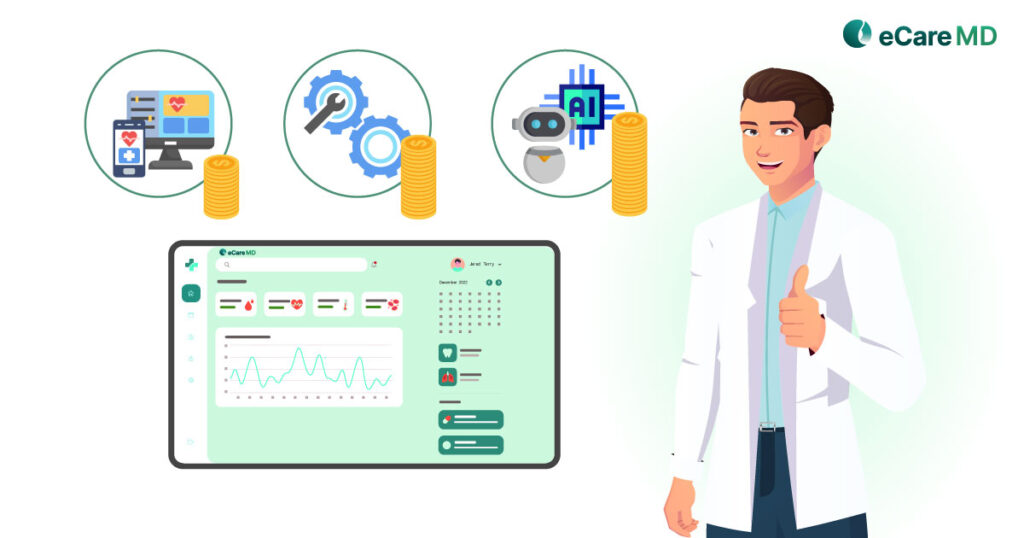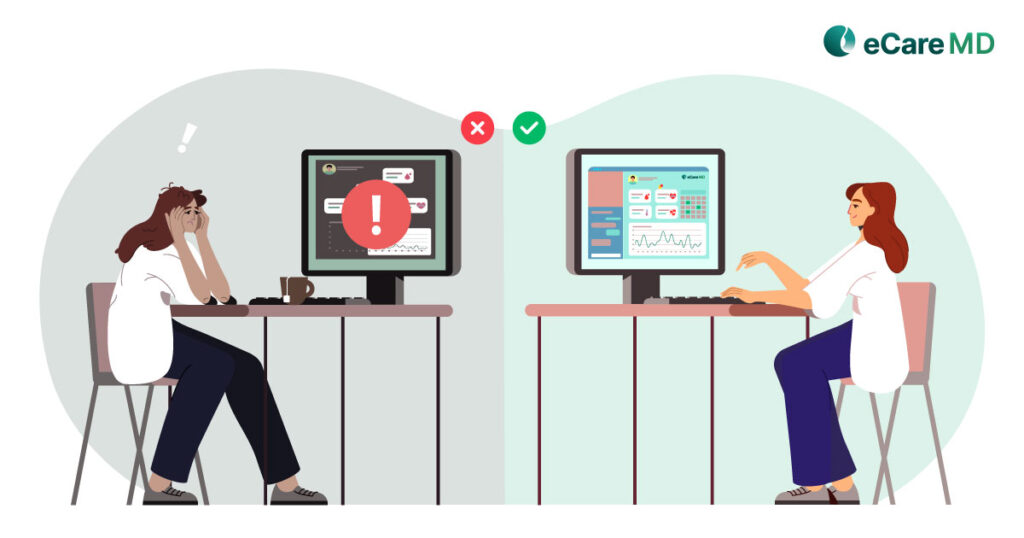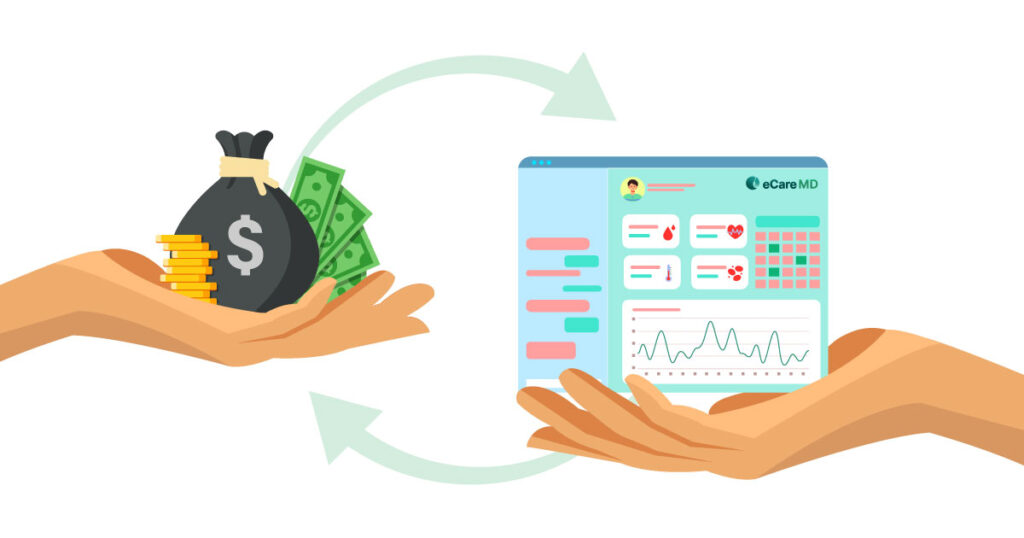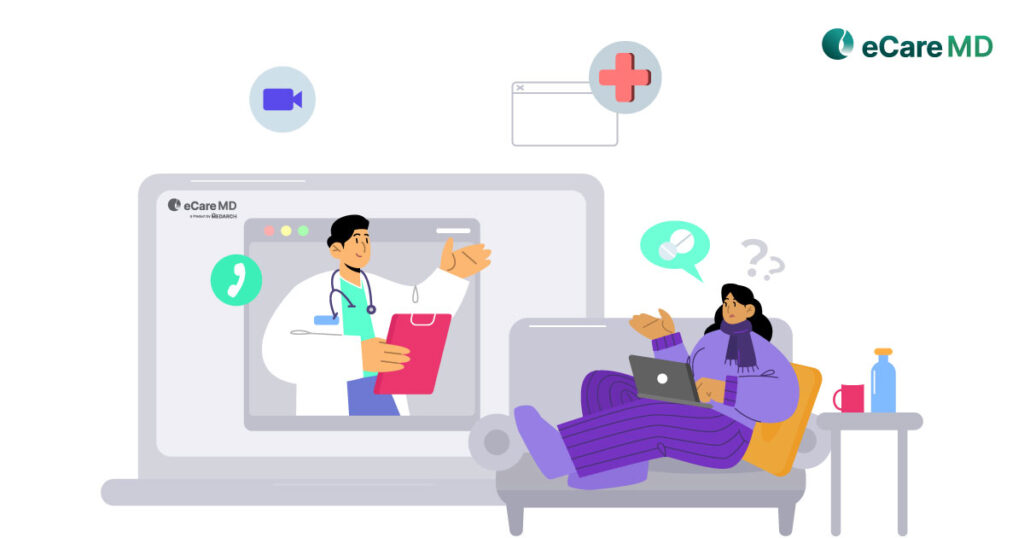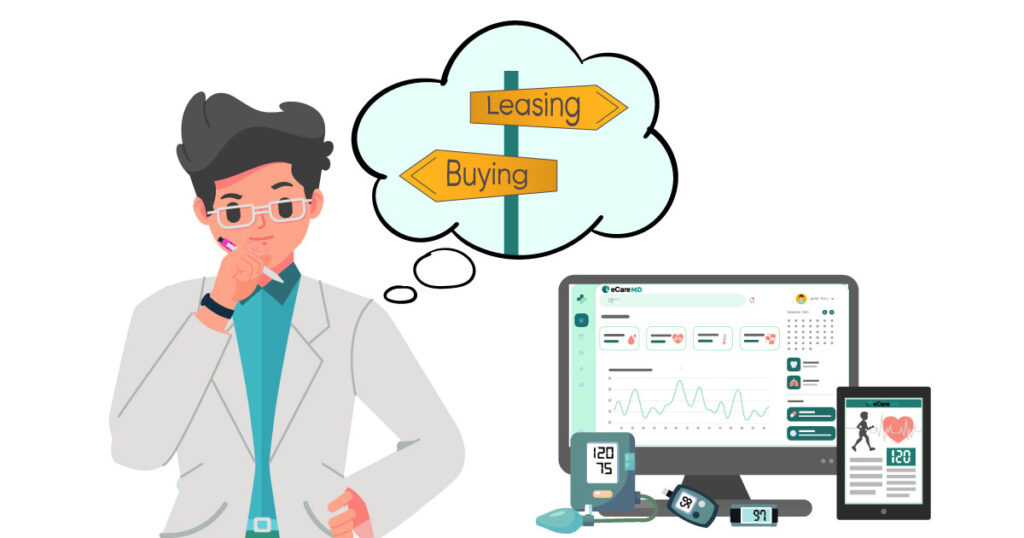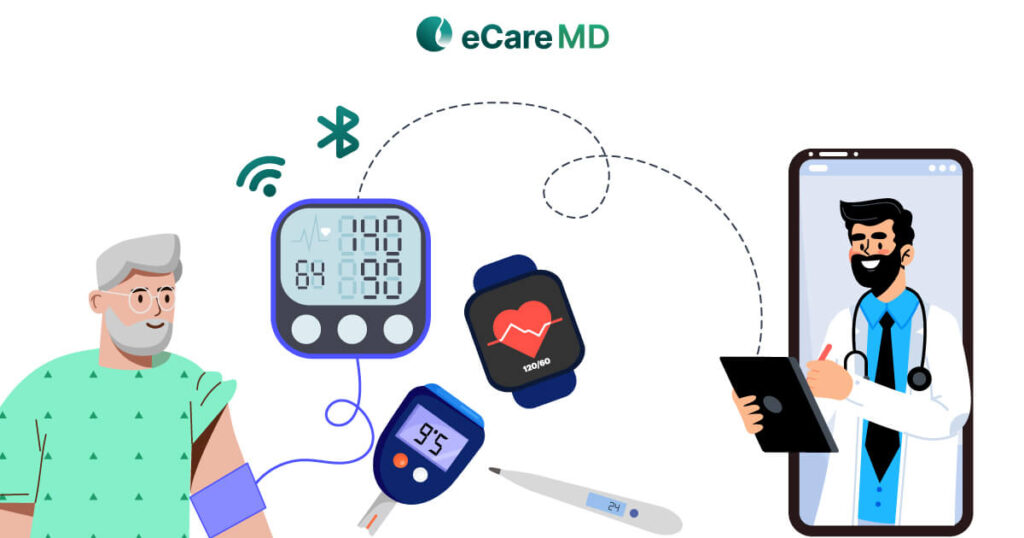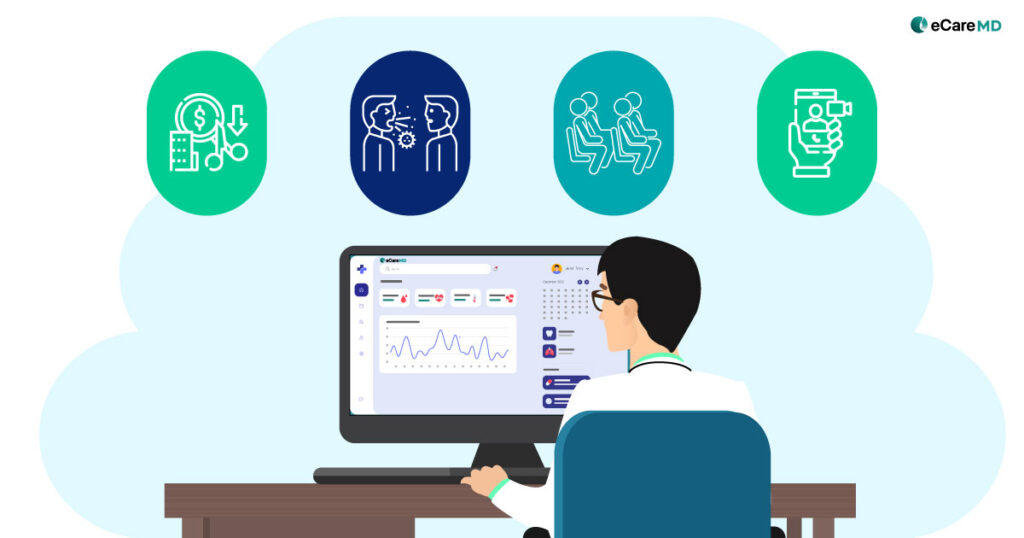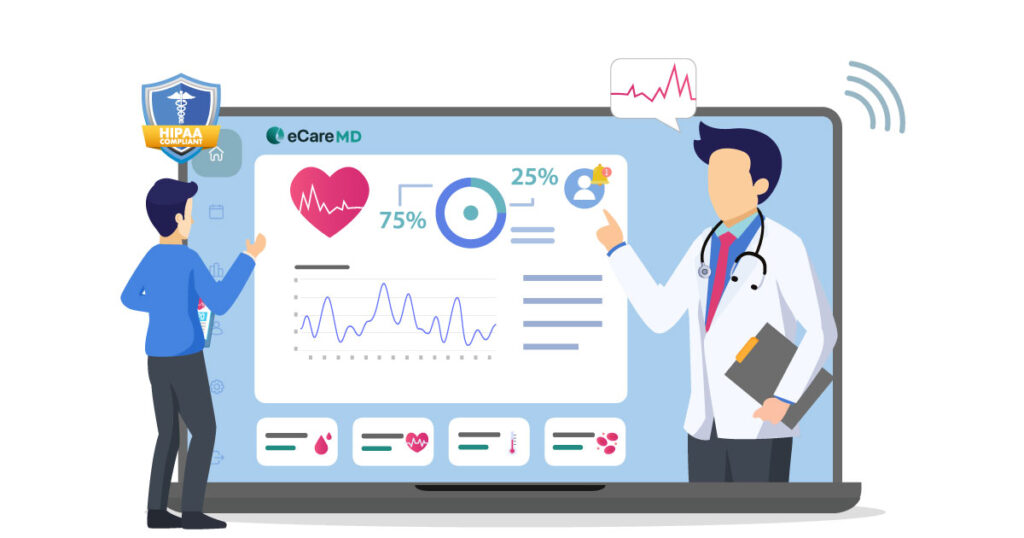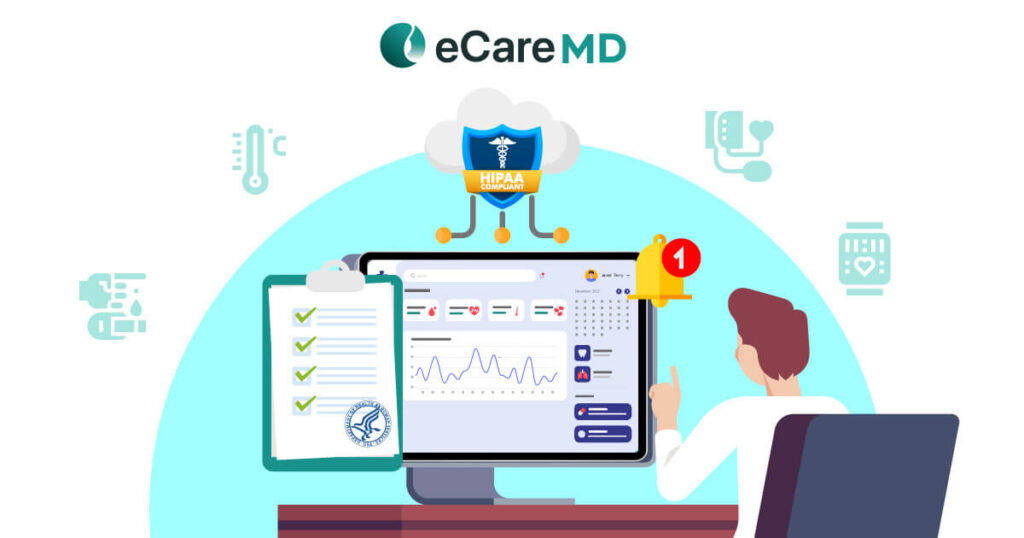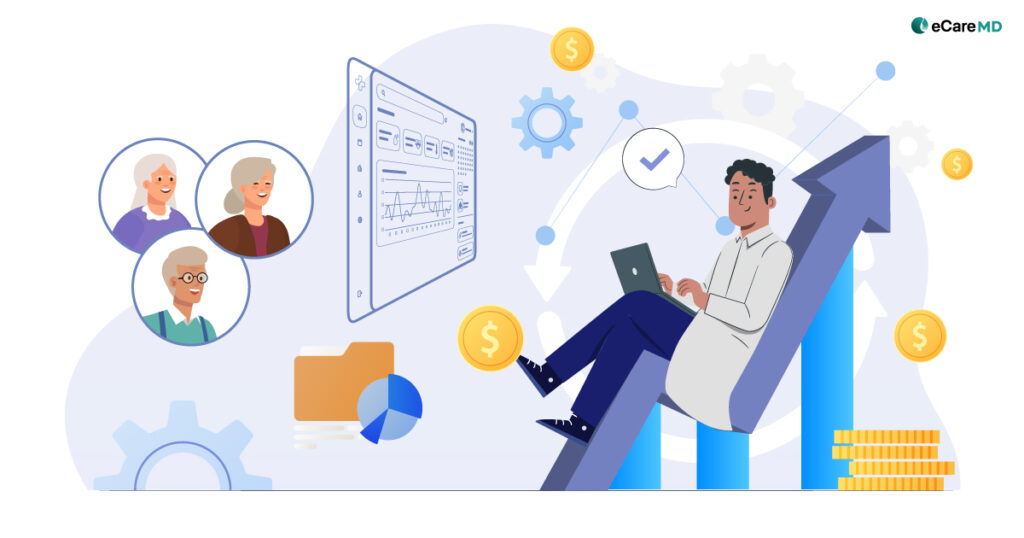Cost to Implement Chronic Care Management Program
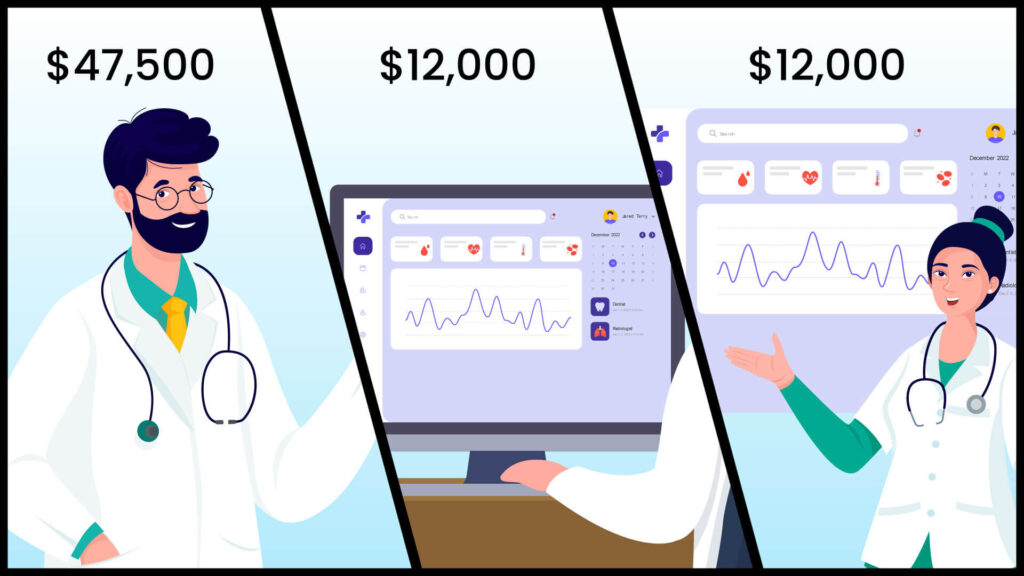
1. Care Manager and Provider Expenses
2. Chronic Care Software Expenses
Since most of the vendors follow the practice of charging per patient, which varies from $5 to $20. So, if you have finalized the price of $5 per patient with the vendor, then for 200 patients, the chronic care management software costs you around $12000 annually.
3. Additional Operational Costs
Reimbursement Rates
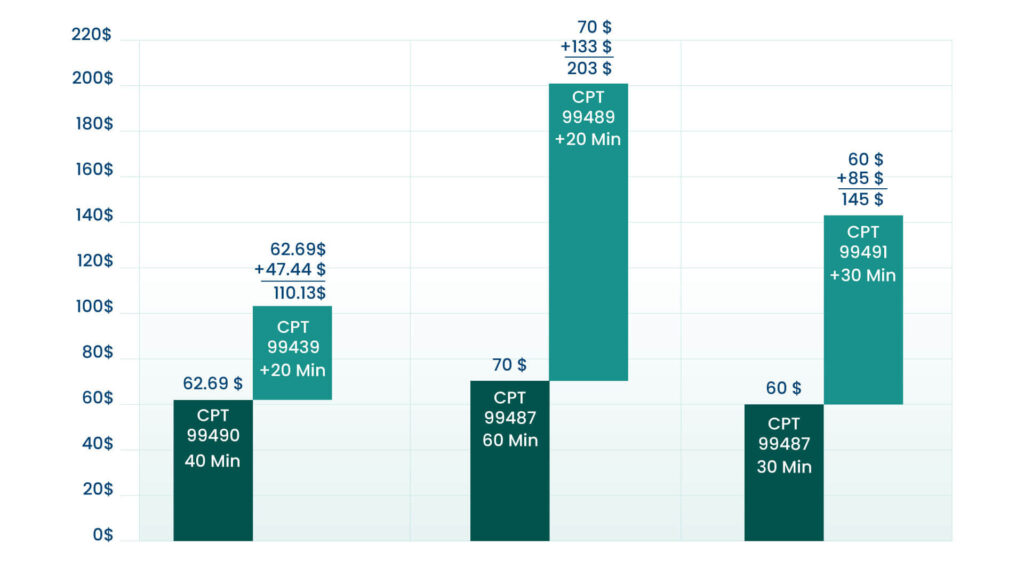
- CPT 99490: This code reimburses the first 20 minutes of CCM service by clinical staff guided by a physical. This can only be used once per month per patient, and the national average of this code is $62.69. So, all your 200 patients enrolled under the program can account for $12,538 per month and around $150,456 annually.
- CPT 99439: This code reimburses for the additional 20 minutes of CCM service by clinical staff. This code serves as an add-on code for CPT 99490, and the average reimbursement amounts to $47.44 per patient. This CPT code can be used twice per month per patient.
- CPT 99487: This CPT code is specifically for complex CCM service and requires at least 60 minutes. The national average reimbursement rate is $133 per month per patient.
- CPT 99489: This CPT code is used as an add-on code for CPT 99487 for every 30 additional minutes spent on providing CCM service. There is no limit to using this code, and the national average rate stands at $70.
- CPT 99491: This CPT code is used for 30 minutes of provider time to provide CCM services. The national average for these codes stands at $85 per patient per month.
- CPT 99437: This CPT code serves as an add-on code for CPT 99437 to provide an additional 30 minutes of CCM services. The national average rate for this code stands at $60.
Calculating the ROI of the CCM Program
Quantifying Tangible Financial Gains
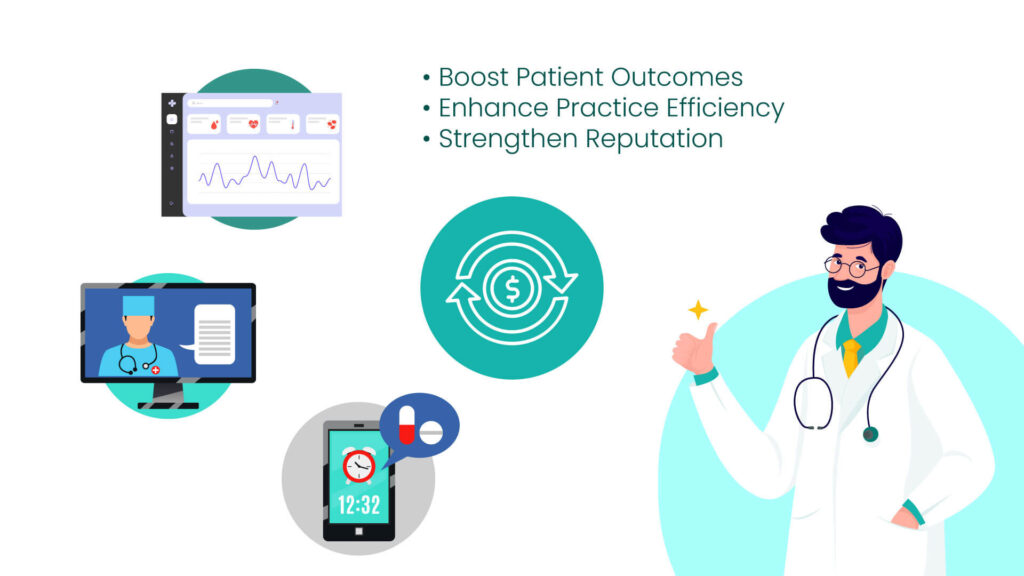
Non-Financial Benefits
Key performance Indicators for ROI measurement
1. Patient Engagement and Adherence: Since you will be using chronic care management software, it will give you a brief overview and data for measuring patient engagement and adherence to your care plan. Ensure that the patient engagement meets the target and that patients are adhering to the medication and care plan.
2. Monitoring Healthcare Utilization Patterns: Monitoring how your healthcare resources are being utilized and studying the pattern to avoid any further pitfalls.
3. Analyzing Billing and Revenue Generation Metrics: Set some criteria for billing and metrics to calculate revenue generation. This will help you understand how much revenue you are generating on a monthly basis and what the possible pitfalls are that could have been easily avoided for maximum reimbursement.
Challenges in Calculating ROI for CCM Programs
Download the Ultimate Guide to Calculate ROI of CCM Program
Download NowConclusion
Being a healthcare provider, the 21st century requires you to be an entrepreneur as well. After all, financial gains are the way towards sustainability and scalability. And similar is the case for your CCM program.
But the healthcare industry is not just about financial gains; consider the non-financial gains such as improving patient health outcomes, reducing the overall healthcare costs for patients, and the impact your CCM program can have on reducing the pressure off the healthcare industry.
However, with the ongoing evolution of the healthcare industry with technological advancements, the CCM programs are also evolving. This can have a life-changing impact on the healthcare landscape, making it proactive in nature and instilling a holistic approach while receiving care.
Frequently Asked Question’s
- Clinical Outcomes
- Cost savings on medication, staff resources, administration, etc.
- Revenue enhancement
- operational efficiency
- Data and attribution
- Program implementation and sustainability
- Financial and policy landscape
- Staff burnout and turnover
- Staff resistance

